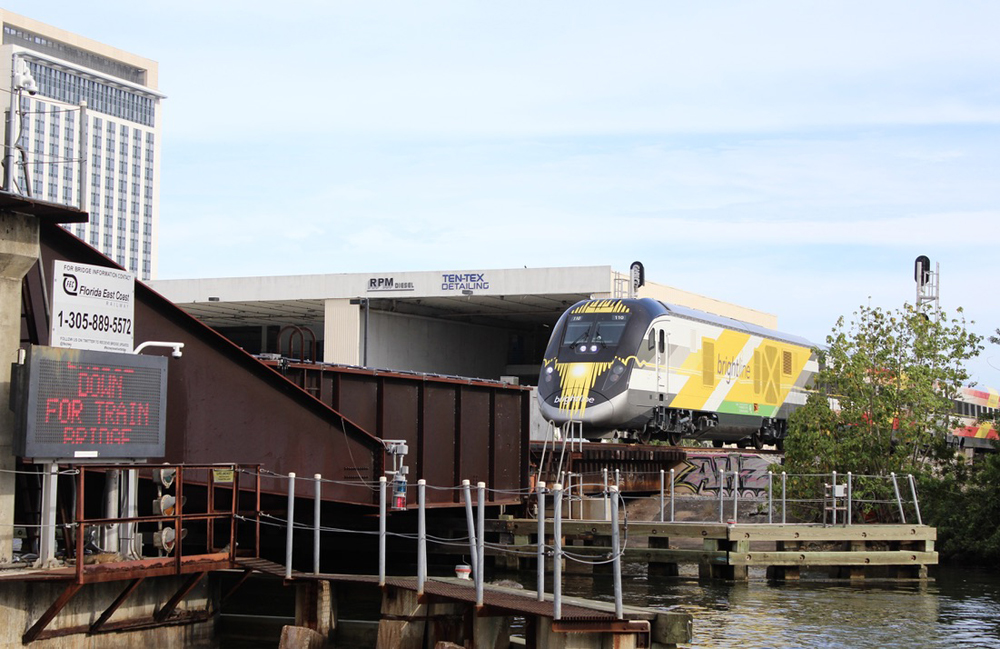
FORT LAUDERDALE, Fla. — Fort Lauderdale’s fight over whether to build a $500 million bridge or a $3 billion tunnel to handle rail traffic through downtown could heat up further on Tuesday, as city officials meet to vote on their preferred option — after the city’s mayor sent out an email newsletter to voters saying “the future of downtown” is at stake — although the decision is not the city’s to make.
The bridge-or-tunnel fight is over a replacement for the current New River drawbridge used by Florida East Coast Railway and Brightline trains in the middle of town. While a drawbridge has long existed at the site, the increase in traffic with Brightline operations to Orlando — and with a proposed commuter rail operation on the horizon — is a problem for marine traffic [see “Fort Lauderdale, county officials at odds …,” Trains News Wire, Oct. 30, 2023]. Replacement options include a 3.5-mile tunnel or various bridge options, including one that would be 2.5 miles long but have enough vertical clearance to eliminate the need for openings.
Fort Lauderdale Mayor Dean Trantalis — who is calling for the tunnel, saying the bridge will divide downtown — sent the 2,100-word newsletter last week, saying, among other things, that the county’s “obsession with a bridge approach blinds it from the clear impacts to our city that demand consideration. These include the impact on economic development, the marine industry, vehicular traffic flow and individual neighborhoods.”
Trantalis told the South Florida Sun-Sentinel the city “will not be bullied into accepting a bridge. … I have a city to protect and billions of dollars of money already invested in real estate developments and an entire marine industry that will be compromised.”
Fort Lauderdale city commissioners will vote on their bridge-or-tunnel preference in a 6 p.m. meeting Tuesday, Dec. 19, and City Commissioner John Herbst told the newspaper the newsletter was to “rally the troops” to support the tunnel option at that meeting.
The ultimate decision on the project, however, lies with Broward County, and county Mayor Nan Rich told the Sun-Sentinel the decision is essentially done, although county commissioners won’t hold their final vote until early next year.
“The joint County-City Commission workshop held on Dec. 5 effectively marked the end of the debate over the New River Crossing,” Rich wrote in an email. “Anyone with lingering doubts about whether a bridge or a tunnel should be pursued should read the extensive reports issued by the joint county-city consultant team that resulted in more than 450 pages of supporting documentation, analyses and comparisons.” That joint session clearly favored a bridge, WLRN radio reports.
The cost of the tunnel makes it an unrealistic option, according to Greg Stuart, executive director of the Boward Metropolitan Planning Organization: “Everybody wants this tunnel. But somebody has to pay for the tunnel.” Also, he said, it will take 10 years to plan a tunnel project, and another 10 years to build, while a bridge project can be completed in less than a decade.
Trantalis, however, argues that if the city and county aren’t in agreement, it will likely sink the entire project.
“Ultimately, if there is not consensus, this project is doomed to fail,” he wrote in his newsletter. “The Biden administration and Congress are not going to help pay for a project that is subject to deep community divisions.”






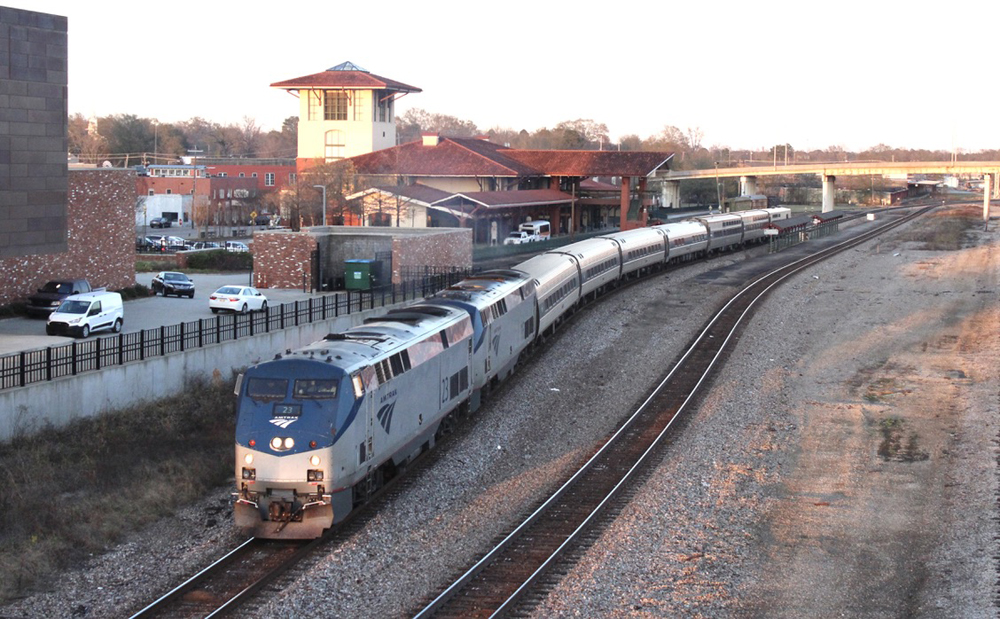
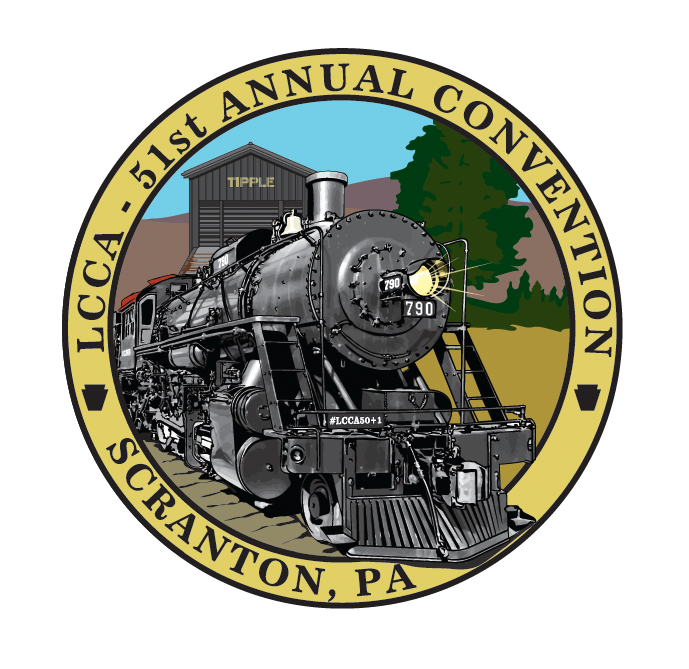
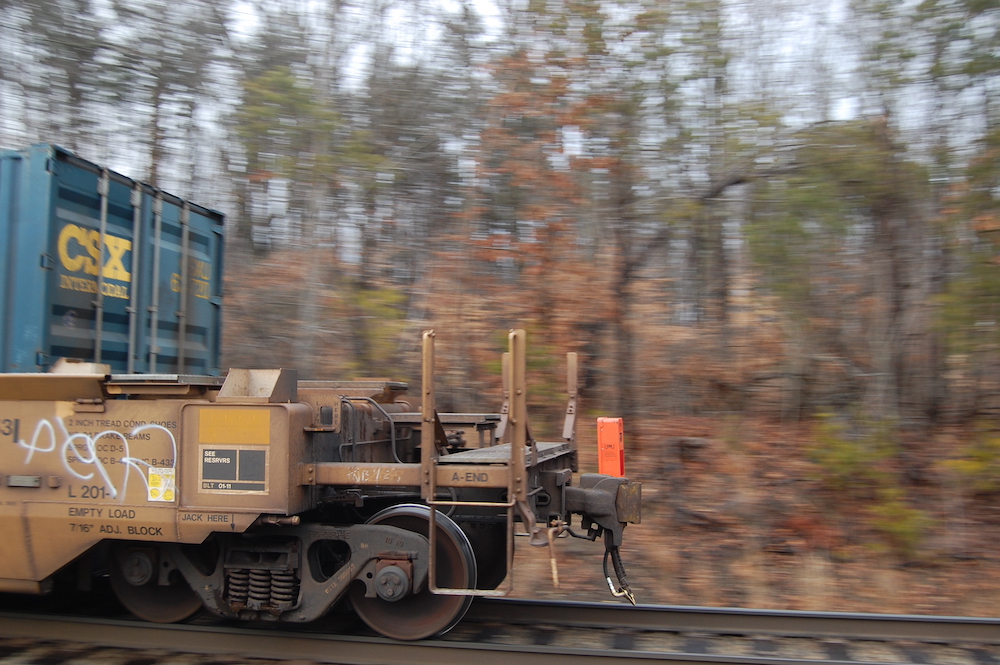
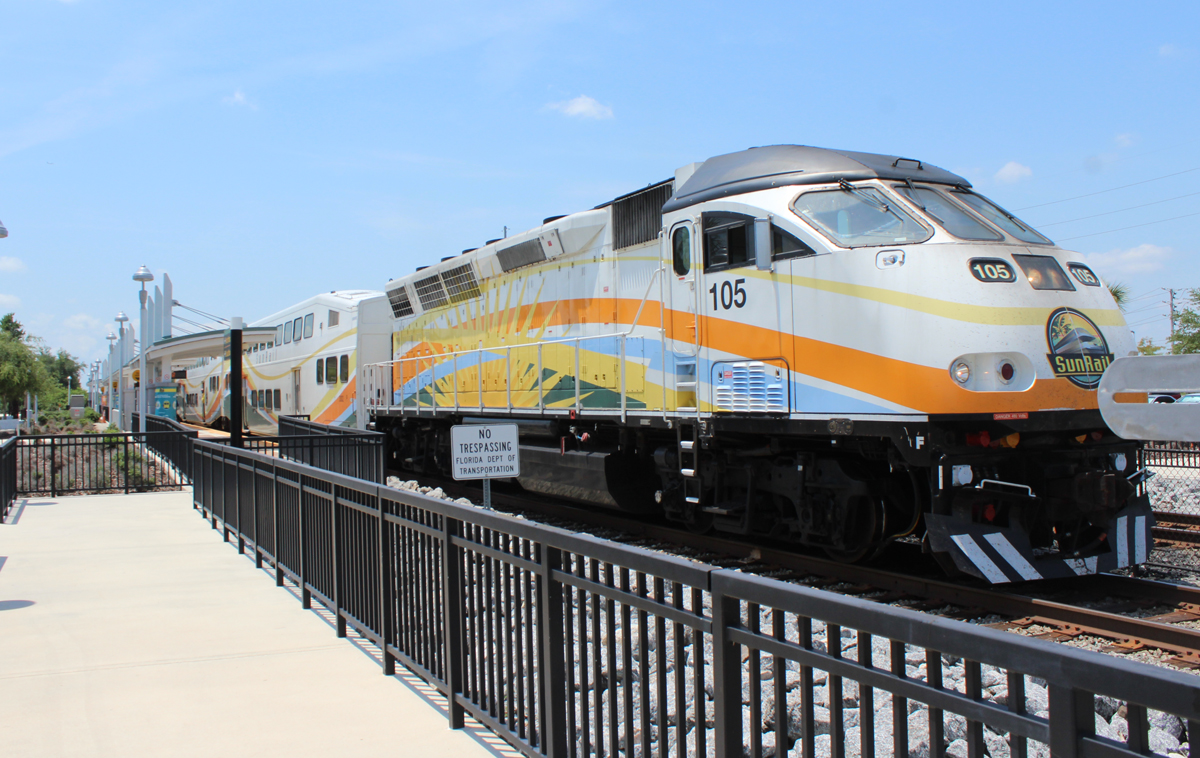




One Word: Wormhole
The $3 billion estimate for the tunnel is way over the top even based on current inflation rates. Shallow tunnels (of which this would be) are much cheaper to build than the deep tunnels (like Seattle) would.
Not to get repetitious, but a cut and fill tunnel being built across the Ferner Strait between Germany and Denmark is completely being made with pre-cast concrete. 3 lanes wide for each direction with a service lane and escape lane, even a tunnel for fiber and power cables, they cut into the ocean floor and lay the pre-cast section into place. They have joints built in so when the sea water is evacuated, it causes the joints to seal and lock. Once in place they cover the sections with 3 feet of aggregate.
For a 2 track railroad, with much less distance to cover and not nearly as deep since the New River isn’t anywhere near the depth of the ocean, I can’t see it costing $3 billion.
“I have a city to protect and billions of dollars of money already invested in real estate developments and an entire marine industry that will be compromised.”
A look at Google maps shows lots of yachts. It’s more the like pleasure boat industry. Like others have said Pay the difference if you want a tunnel. Protect your billions of dollars of investment.
Yachts …… You could say the same about NEC movable bridges — maybe a couple of the rivers have barge traffic but overwhelmingly it’s recreational boats.
I’m no expert on marine law …. but from what I know, inland waterways of USA are toll-free. Meaning, if my understanding is correct, that yacht owner doesn’t pay anything toward the building or the O+M of the movable bridge. … or for delays to road or rail traffic.
If the county wants to build a bridge for 500 million but the city wants a tunnel then the county should pay 500 million toward a tunnel and the city would pick up anything over that.
This mayor seems extremely dumb, even by Florida politician standards.
Florida builds many high bridges every year to replace lower bridges and especially draw bridges. There’s a major reason for this, the sea level is rising even if our governor keeps quiet about it. A tunnel would be useless by the time it ever opened. Trantalis is kidding himself if he thinks that bridge line is going to go away whether it’s a bridge or tunnel, that line has been there way longer than Fort Lauderdale has been a town and FEC is not going to close it if it’s profitable.
I met a professional engineer who worked in Florida at a costal installation. I asked if he has measured sea level rising. His answer: “Millimeters per year.”
Every article I read about temperature rise or sea level rise fails to quote an actual statistic.
Any climate scientist would tell you that it’s not the average increase that is worrying, it’s the occurrence of extreme events. When 100-years flood or hurricane starts happening every ten years, it’s going to wreak havoc on your coast even if the average increase is in the millimeter range.
Would it be cheaper to relocate the marine traffic?
If the marine owners want the most bang for their buck, place a tunnel tax on their motor fuels, marina berthing fees and boat licenses to help offset the cost.
Getting real here, since they get the most benefit, they should be putting some serious skin in the game.
Oceans are rising, Florida houses usually have no basements and a hurricane storm surge could fill the tunnel with seawater. How long would this tube be leak proof? 10 years? 20? And if the tunnel estimated cost is $3 billion, history says actual cost could double that. (See California high-speed railroad.) Acquiring approach land would be mired in the courts, especially with the length needed for a shallow grade on either end.
If the mayor wants it, Ft. Lauderdale should pay for all of it.
Never happen.
My understanding is the draw bridge would remain for the occasional freight train?
Can’t see a tunnel being 2.5 miles long or 1.25 miles long each way from center of channel.
I figure that the New River Channel is between 7 and 8 feet in depth.. You would want between 3 and 5 feet of cover over the top of the tunnel for a safety covering. For water tight protection tunnel shell needs to be at least 3 feet thick at top. From top of rail to ceiling clearance you would want at least 22 feet (freight cat double stack containers), 28 to 30 feet if you plan to electrify in future. At best from top of rail head to mean waterline you would need a minimum of 36 to 37 feet of depth (45 would be better). If existing right of way is 5 to 6 feet above sea level it drop would be 42 or so feet.
To accommodate a tunnel in this short of distance you would have to have a grade approaching 4%. While Brightline could compensate in the horsepower to weight ratio, a freight train is a whole different ball game. One or more extra locomotives would have to be added to overcome this. To get the ruling grade down to 2.5% (while more manageable I didn’t mean great) tunnel would have to be at least 3.5 miles long. And by the way. If you think approaches for a new bridge would divide a neighborhood a long cut to depress tracks for a tunnel will do the same thing.